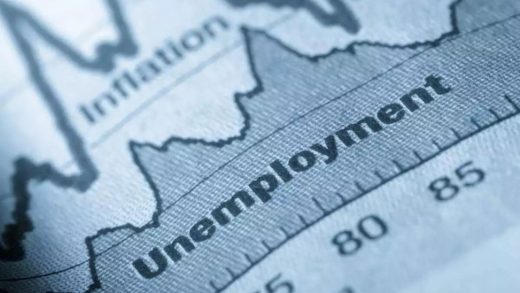The Job Creation Dilemma: Why We’re Not Seeing the Numbers We Want

In today’s economic climate, job creation is a constant challenge. While there have been some successes over the past few years, we are still waiting to see the number of new jobs that economists and policy makers are hoping for. This disappointing situation has caused people to wonder why more jobs aren’t being created. Is it due to lack of workplace innovation? Are taxes too high? Or could other factors be playing a role in this frustrating problem? This blog post will look at the current job creation dilemma from multiple angles and discuss what can be done to improve the situation. In addition, we’ll explore questions such as how government policies affect employment numbers and examine reports showing which industries may offer better prospects for changing things in the near future.
The job problem: why aren’t we seeing more jobs being created?
There are a number of factors at play when it comes to job creation. First, the global economy has been sluggish in recent years, meaning that businesses need more resources to allocate towards hiring new employees. Technology and automation have allowed companies to streamline their operations, often reducing the need for additional personnel. Finally, there is an increasing demand for workers with specialized skillsets – not all job seekers possess these highly sought-after qualities. This can make it difficult for employers to find the right candidates, leading them to instead focus on retaining existing staff or investing in existing infrastructure rather than expanding with new hires. In order to combat this issue, governments must provide adequate funding for training and education programs so that more individuals can acquire the necessary skills for in-demand jobs. Additionally, there must be incentives for businesses to invest in new employees, such as tax breaks or low-interest loans. Only when job seekers have the right skills and employers have access to resources can we create an environment conducive to sustainable job creation.

By taking these steps, both individuals and organizations will benefit from a stronger economy with more available opportunities. In addition, this will lead to increased consumer spending, which is essential for long-term economic growth. Ultimately, job creation is crucial for a thriving country – and one of the best ways to achieve this is by ensuring everyone has the tools they need to succeed in today’s competitive marketplace.
The top barriers to job creation in today’s economy
Many businesses have had to close their doors due to declining consumer spending and an overall decrease in economic activity. This has caused an increase in unemployment, especially among low-income and minority workers. Additionally, the shift to remote work as a response to the pandemic has caused job losses in certain sectors, such as hospitality, travel, and tourism highly dependent on in-person services.
In response to these challenges, governments at all levels have provided additional financial support for employers and employees through stimulus packages and job creation initiatives. At the federal level, the CARES Act allocated billions of dollars towards small business grants and other aid programs designed to help companies weather the economic downturn. States and localities have also implemented their own initiatives to support small businesses and create jobs in their communities.
 However, some structural problems prevent job creation even in the absence of the pandemic. For example, businesses may need more access to capital to invest in new technologies or hire additional staff. Similarly, certain industries, such as construction, require high upfront costs that many businesses can only afford with government funding or incentives. Finally, a mismatch between skills and job requirements can inhibit employers from hiring qualified candidates even when positions become available. These issues must be addressed if governments will successfully drive job growth in their respective economies.
However, some structural problems prevent job creation even in the absence of the pandemic. For example, businesses may need more access to capital to invest in new technologies or hire additional staff. Similarly, certain industries, such as construction, require high upfront costs that many businesses can only afford with government funding or incentives. Finally, a mismatch between skills and job requirements can inhibit employers from hiring qualified candidates even when positions become available. These issues must be addressed if governments will successfully drive job growth in their respective economies.
For governments to effectively promote job creation, they must focus on short-term and long-term solutions. In the short-term, governments should provide financial assistance to businesses in order to help them stay afloat during this difficult time. This could include offering grants for businesses to purchase new equipment or hire additional staff and providing incentives for corporations that create jobs within their communities. Additionally, governments can invest in public infrastructure projects that stimulate job growth and improve public services and quality of life in their respective jurisdictions.
In the long-term, governments should focus on structural reforms such as revising tax code, eliminating regulations that stifle business development, and investing in education and training programs that ensure a skilled labor force is available when positions become available. By focusing on both short-term fixes and long-term structural reforms, governments can create an environment that encourages job growth in the present and future.





